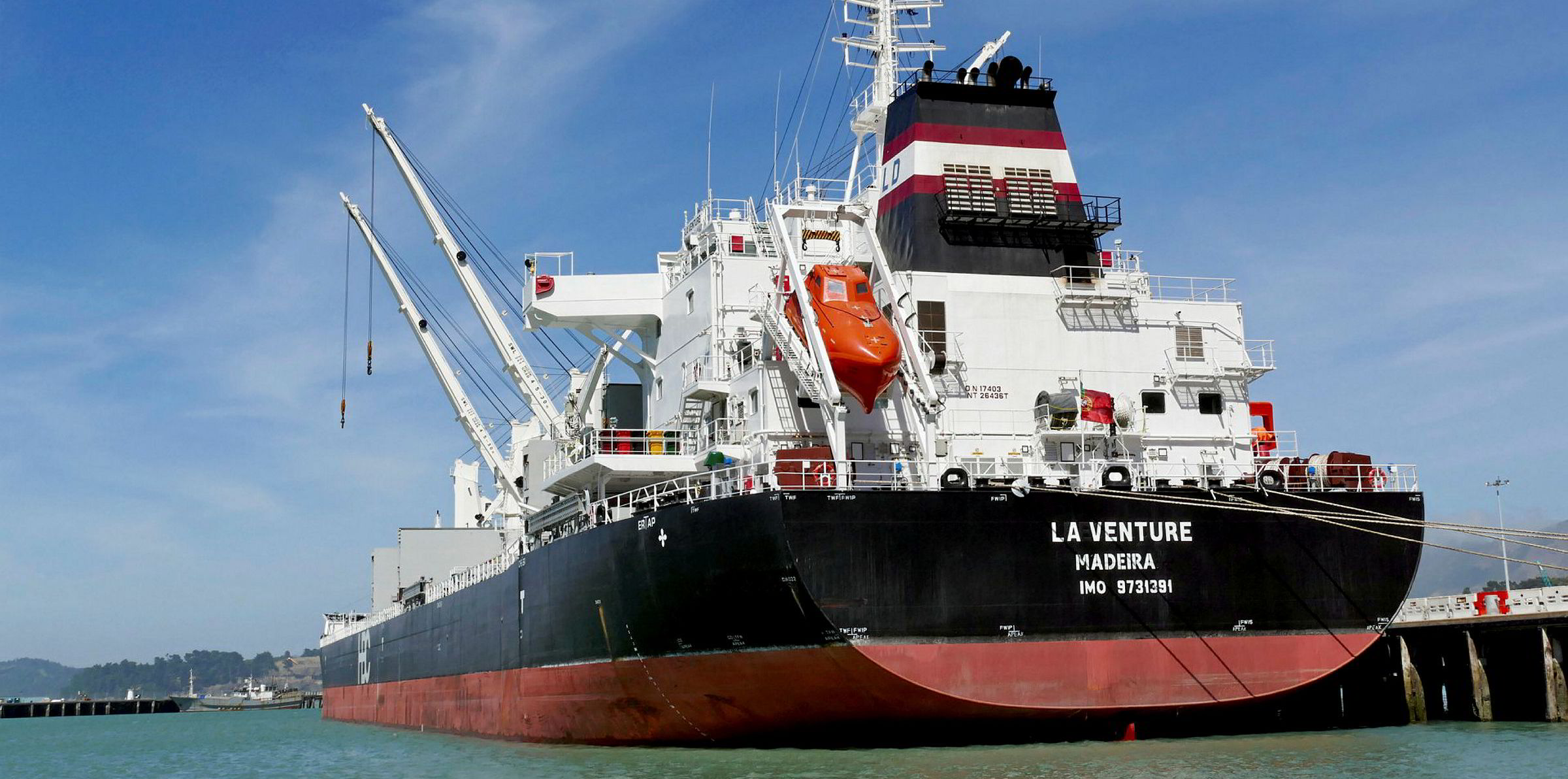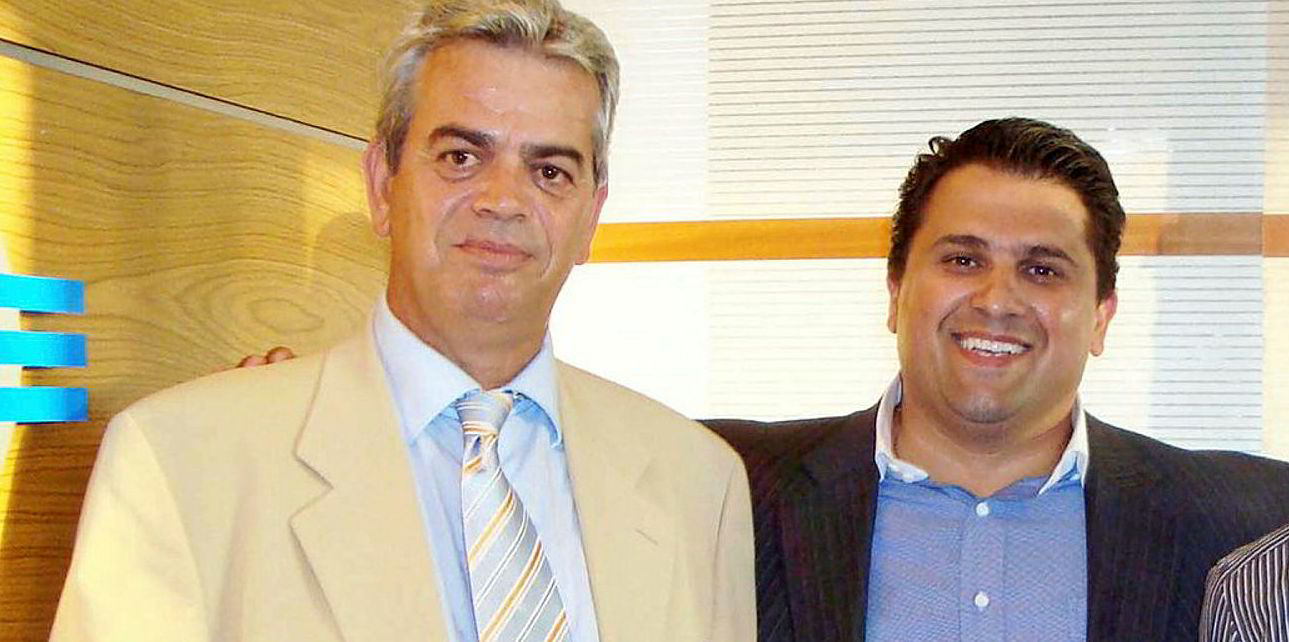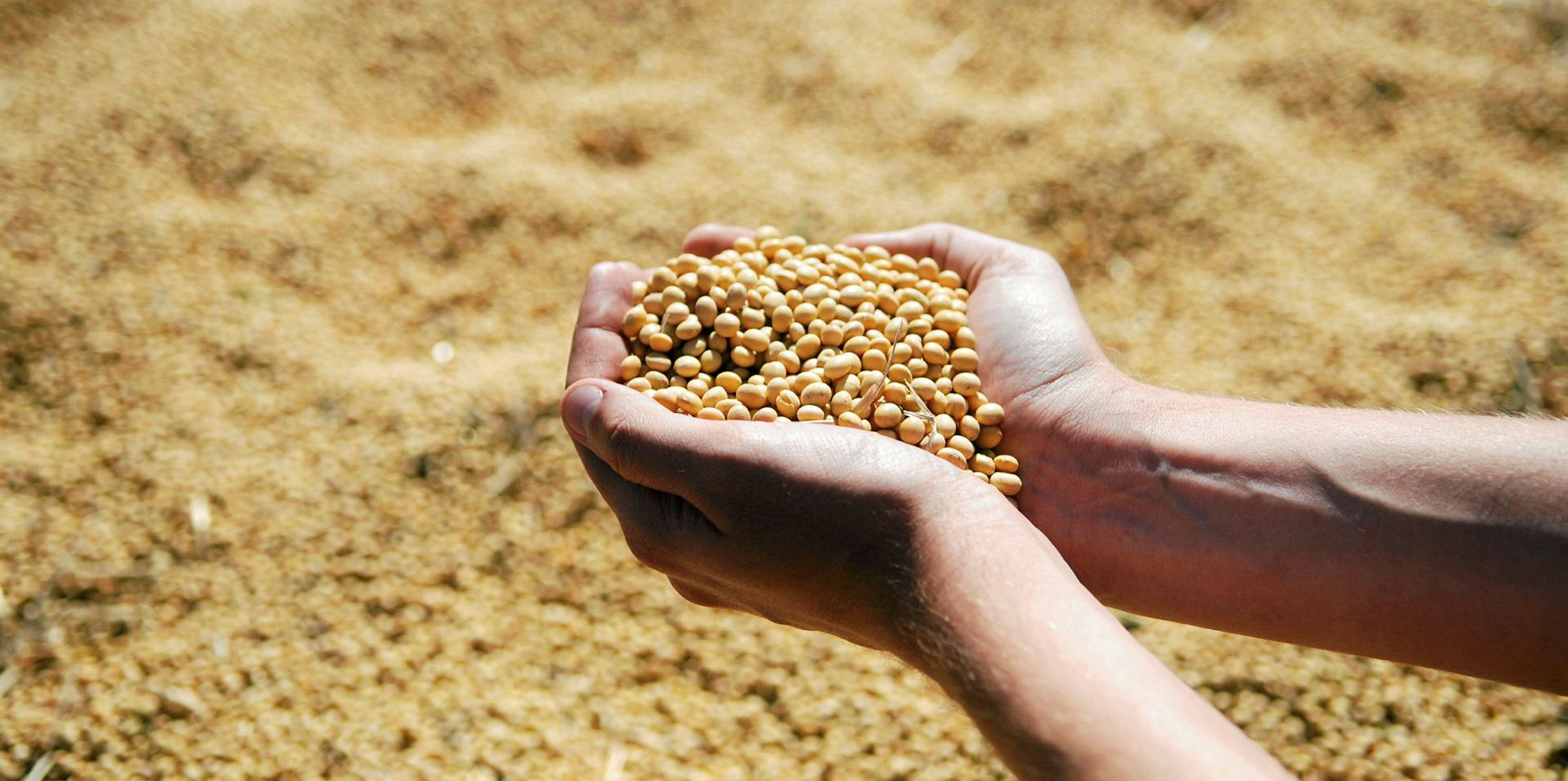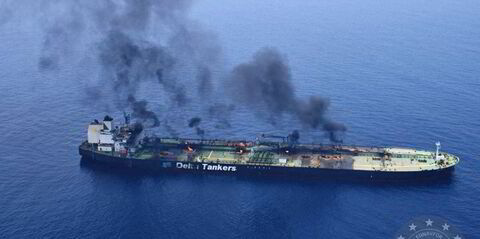Despite the ongoing trade war between China and the US, cautious optimism persists for the dry bulk shipping markets in 2019, with a forecast for decent trade growth, a small orderbook and the impact of the new IMO 2020 rules.
While the 2018 winter peak-demand season has underperformed market expectations amid iron ore supply chain disruptions, the Baltic Dry Index was expected to post a year-on-year gain for a second straight year, suggesting a rate recovery is well on track.
Most analysts and shipowners believe this year will be better still, with a more favourable supply-demand balance for the sector.
Medium-term peak
“We are close to a medium-term peak in the dry bulk market, but do not expect earnings and prices to fall far from 2018 levels on average next year,” Maritime Strategies International (MSI) senior analyst Will Fray told TradeWinds.
According to Bloomberg’s latest survey of shipping analysts, the median forecast for average daily spot earnings for capesize bulkers will rise to $21,432 per day this year from $17,756 in 2018. Panamaxes should jump to $14,263 per day from $12,188, supramaxes $13,500 per day from $11,625, and handysizes $10,400 per day from $9,050.
On the demand side, Clarksons has forecast global tonne-mile demand growth to accelerate to 3.1% this year from 2.7% in 2018, supported by robust iron ore and grain trades.
While China’s iron ore imports are peaking at about one billion tonnes per year, the world’s top steel-producing nation’s rising demand for high-quality ore from Brazil is supporting tonne-mile growth, according to some analysts.
Moreover, demand for iron ore in the quarters to come from China’s resilient steel producers may be further lifted if Beijing implements new stimulus measures.
MSI expects China’s annual steel production to grow by 8.8% in 2018 from the 2017 level, despite production cuts to fight pollution during the winter, which provided downward pressure towards the end of 2018.
“We expect another year of growth in 2019 before a peak the following year,” Fray said.
SSY Consultancy & Research shares a similar view, but warned further growth is not a given amid the trade tension.
| 2018 | 2019 | |
| Capesize | $17,756 | $21,432 |
| Panamax | $12,188 | $14,263 |
| Supramax | $11,625 | $13,500 |
| Handysize | $9,050 | $10,400 |
Source: Bloomberg Intelligence
“Economic stimulus in the form of infrastructure investment should support steel consumption, but the real test of demand strength is likely to come as [pollution] curtailment measures are eased following Chinese New Year holidays,” the consultancy, a division of shipbroker Simpson Spence Young, said.
As for grain trades, Clarksons expects stronger exports from Argentina, Ukraine, the European Union and Australia to support bulker demand.
Brazil, which had boosted soybean exports to China at the expense of US farmers in 2018, will remain the market focus in the year ahead.
According to Fray, the South American country may start its export season earlier than usual in 2019, with planting well ahead of previous years amid favourable weather.
What remains certain is that China decides the destiny of the market, under heavy influence from the trade war with the US
Peter Sand of Bimco
But much could depend on how China and the US resolve their trade tensions. Having been nearly absent from the US market since July due to a 25% tariff, Chinese firms reportedly bought more than 1.5 million tonnes of soybean from the US during a trade war truce that is due to end in early March.
“For the handymax and panamax sectors, the uncertainty is linked to the development of the trade war between the US and its main trading partners, chiefly China,” Bimco chief shipping analyst Peter Sand said.
“What remains certain is that China decides the destiny of the market, under heavy influence from the trade war with the US.”
As for the vessel supply, net fleet growth is expected to remain at an acceptable level, even with strong earnings constraining scrapping levels.
MSI forecasts fleet growth will reach 2.8% in 2019, with some of the 45 million dwt of newbuilding tonnage that is due having slipped further into 2020 or beyond.
Some shipping executives — including Precious Shipping managing director Khalid Hashim and Lavinia Bulk managing director Brian Nixon — have pointed out some vessels will be taken offline for scrubber installations, supporting the capesize segment in particular.
Compliance options
According to the new IMO emissions regulations, from 2020 vessels will need to run on LNG or 0.5% sulphur fuel, or be installed with scrubbers to continue consumption of high-sulphur fuel oil.
Moreover, many industry observers expect newbuilding orders to remain limited.
Investments to comply with the IMO’s new environmental rules are priorities over newbuildings at present, while financing interests from equity investors and traditional shipping banks remain lacklustre, according to Safe Bulkers chief executive and chairman Polys Hajioannou.






